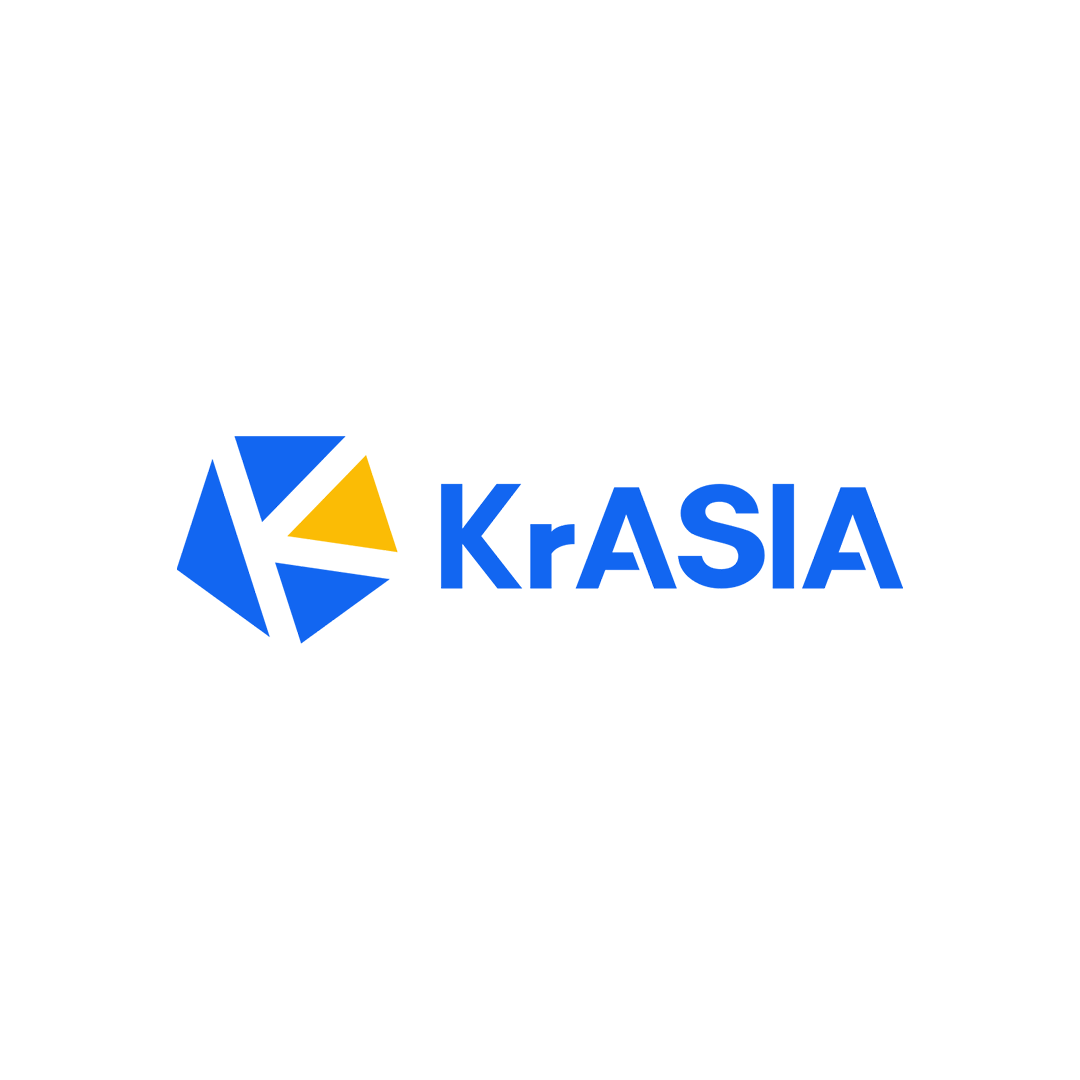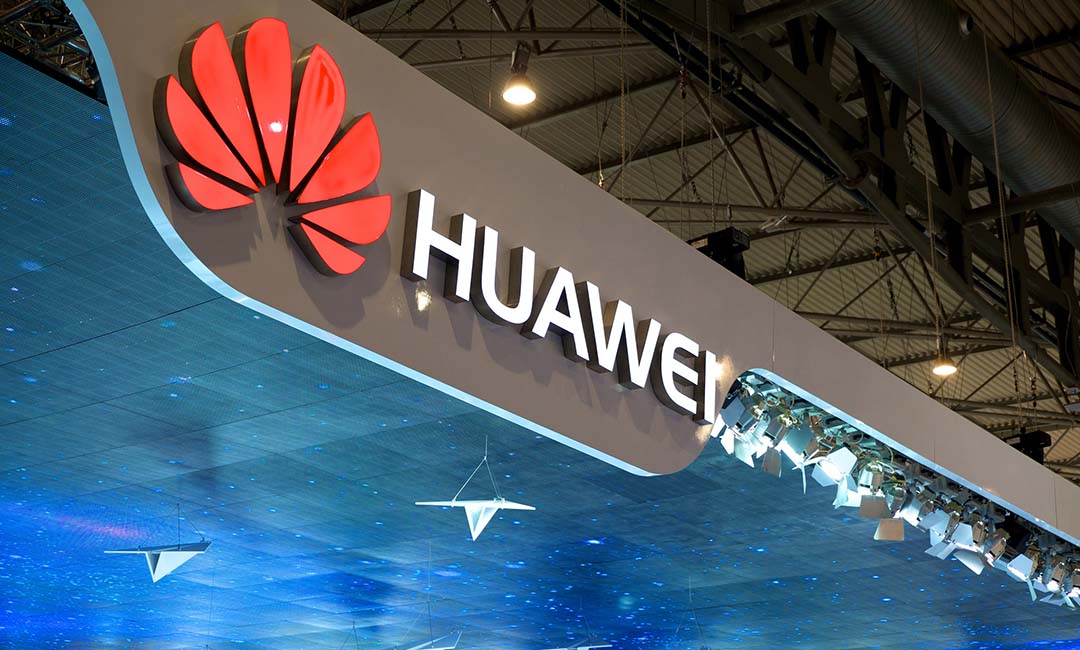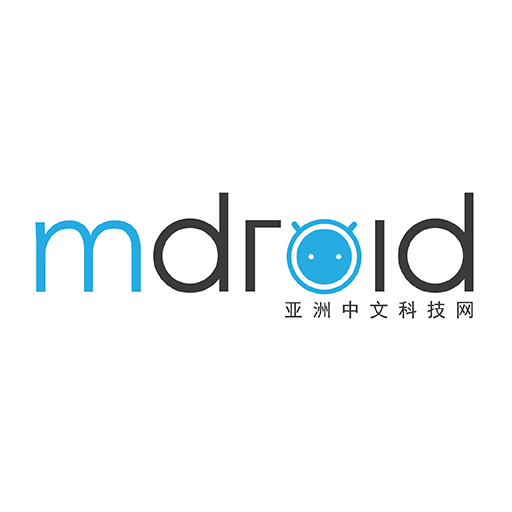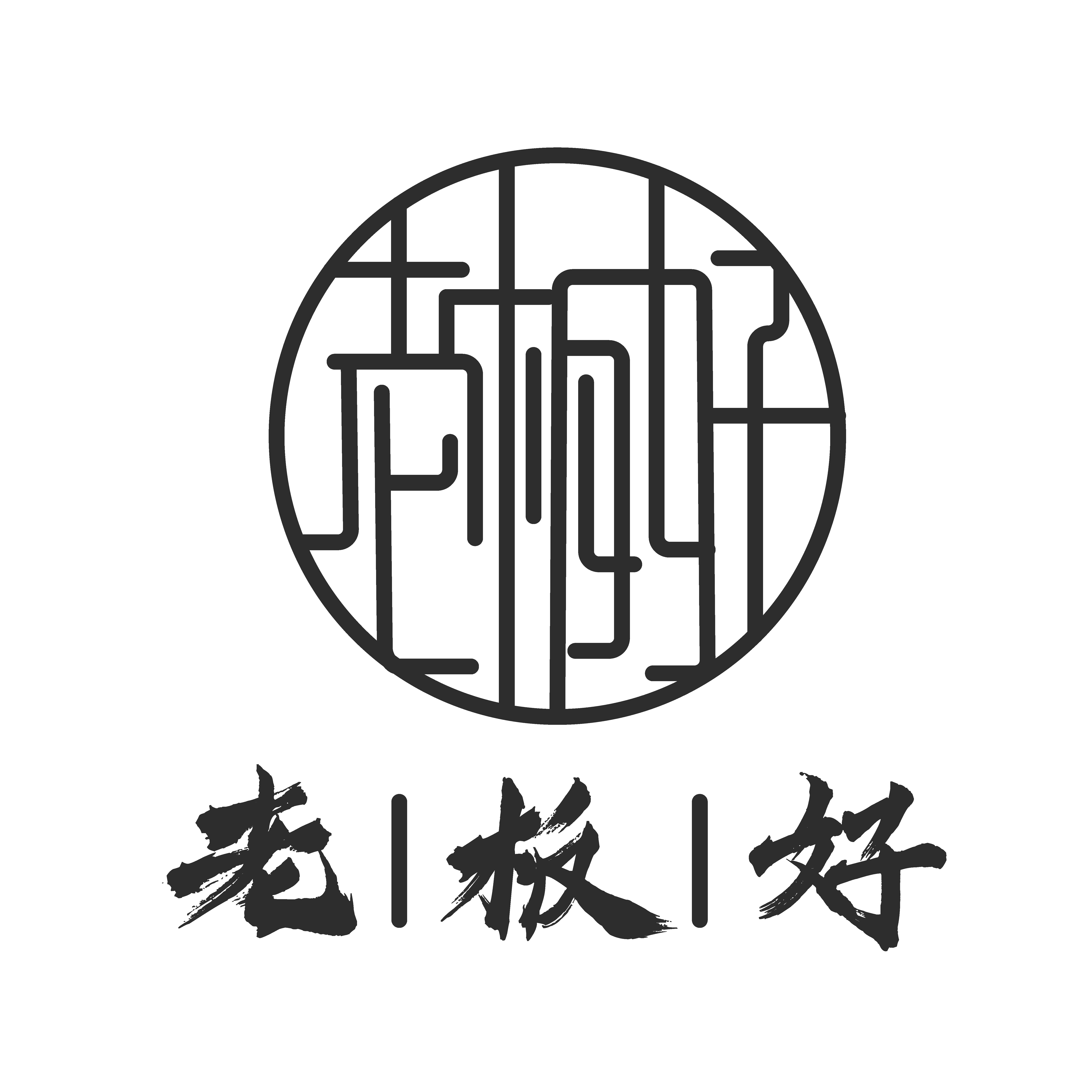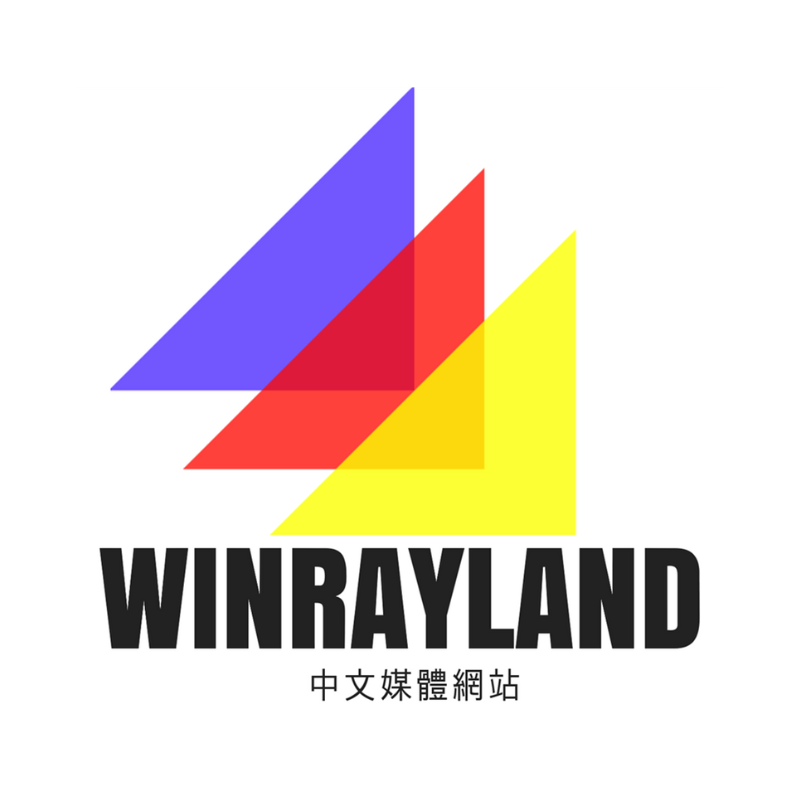SAIC and Huawei team up on new EV brand as smart car race heats up
4 天前
SAIC Motor and Huawei have finalized their collaboration model, adopting Huawei’s “Smart Selection” approach, multiple sources told 36Kr. Based on SAIC’s recently registered trademarks, the new brand will be called Shangjie in Chinese. It will join Maextro, Stelato, Aito, and Luxeed under the Harmony Intelligent Mobility Alliance (HIMA).
Unlike HIMA’s existing four brands, which cater to the premium segment with price points ranging from RMB 230,000 (USD 32,200) to RMB 1 million (USD 140,000), Shangjie will target younger consumers. Sources indicate that Shangjie models will start at RMB 170,000–180,000 (USD 23,800–25,200), with higher-end versions priced around RMB 250,000 (USD 35,000).
While aimed at a younger demographic, Shangjie will not compete in the budget segment. Instead, it will maintain a mid-to-high price range while integrating Huawei’s smart technologies. Sources reveal that the first Shangjie model will be based on an existing vehicle from Rising Auto, SAIC’s electric vehicle sub-brand. While the exterior design will remain largely unchanged, the key upgrades will come from Huawei’s electronic architecture and intelligent technologies.
Huawei will apply its product expertise and marketing strengths to refine the model, which is expected to launch in the fourth quarter of 2025. The collaboration is progressing rapidly—Huawei’s Smart Selection team has already embedded personnel within SAIC’s operations, while SAIC has assigned a dedicated team of over 100 employees to the project.
As competition intensifies, SAIC’s new president, Jia Jianxu, has emphasized the urgency of transformation. During an internal meeting in 2024, he underscored the company’s need to “learn to survive on its knees before it can stand again.” His remarks reflect the mounting sales pressure SAIC is facing.
In 2024, BYD surpassed SAIC as China’s bestselling automaker, delivering 4.27 million vehicles. In contrast, SAIC reported 4.013 million wholesale sales, marking a 20.07% year-on-year (YoY) decline. SAIC’s self-owned brands accounted for 2.408 million units, or 60% of total sales, with notable performances from IM Motors, Roewe, Rising Auto, MG, Maxus, Wuling, and Baojun. SAIC-GM-Wuling led with 1.34 million units sold, followed by MG with over 700,000 units. IM Motors, SAIC’s high-end EV brand, recorded a 70% YoY sales increase, reaching 65,500 units.
Among SAIC’s joint ventures (JVs), SAIC Volkswagen sold an estimated 1.2 million units, including 150,000 new energy vehicles. SAIC-GM, however, saw its sales plummet nearly 50% YoY to 673,000 units, while SAIC and Audi’s JV delivered 43,000 units. SAIC’s traditional fuel-based car JVs are declining, while its self-owned brands depend heavily on cost-effective models like SAIC-GM-Wuling and export-driven MG. Rising Auto, its premium EV brand, struggled and was ultimately merged with Roewe at the end of 2024. Despite IM Motors’ 70% sales growth, its total volume remains under 70,000 units.
With China’s automotive sector entering a survival-of-the-fittest phase, SAIC finds itself caught between declining fuel-powered vehicle sales and underdeveloped EV brands. Breaking this deadlock is now a priority.
Huawei’s influence in the automotive sector continues to grow. Its Aito brand sold 440,000 vehicles in 2024, thanks largely to its intelligent features, which have resonated with consumers. Other automakers are also capitalizing on the smart vehicle trend—Xpeng’s Mona M03 and P7+ emerged as 2024’s best-selling models, driven by competitive pricing and advanced smart driving features.
SAIC has been investing in smart driving technology for years. Since 2021, it has heavily backed Momenta, a leading autonomous driving company, becoming its largest institutional investor. Momenta has pioneered several innovations, including urban car pilot functions, map-free driving, and AI-driven end-to-end navigation. However, these technologies have primarily been implemented in IM Motors models, which continue to face weak sales.
Despite its supply chain scale and smart driving capabilities, SAIC has yet to produce a breakout product. This is where Huawei’s track record could make a difference. In 2024, the Aito M7 sold 197,000 units, while the Aito M9, priced at RMB 500,000 (USD 70,000), reached 158,000 units. Huawei’s market expertise has helped Aito secure two key segments: appealing to young families with spacious designs and smart tech, and attracting premium buyers with high-quality builds and novel features.
Huawei’s success also stems from its agile product iteration strategy. After launching the Stelato S9 and Aito M9, the company quickly introduced “Ultra” versions featuring laser radar and Huawei’s ADS 3.0 smart driving system. This rapid iteration cycle is something traditional automakers have struggled to match.
To enhance efficiency, SAIC launched a major restructuring in early 2025, following a leadership reshuffle in July 2024. The company has merged multiple divisions—including Roewe, Rising Auto, Z-One Technology, SAIC Motor International, its R&D institute, and its overseas mobility unit—into a unified passenger vehicle division. This new entity is overseen by an executive committee responsible for key strategic decisions.
A significant change in management structure is also underway. Executives will reportedly have to compete for their positions, with promotions based on performance. This shift aims to align SAIC’s execution speed with Huawei’s rapid development cycle.
Meanwhile, competition in China’s automotive market is escalating. On February 10, BYD announced that all its models would come equipped with high-level smart driving features at no extra cost. The Qin Plus DM-i smart version will start at RMB 79,800 (USD 11,200), while the Seagull smart edition will be priced at RMB 69,800 (USD 9,800).
With its massive user base, BYD is reshaping consumer expectations. Affordability is no longer the key differentiator—smart technology is. With Shangjie’s debut still a year away, SAIC must adapt. To compete in the RMB 150,000–250,000 (USD 21,000–35,000) range, it will need a compelling mix of technology, product appeal, and brand strength to stand against BYD and other emerging challengers.
KrASIA Connection features translated and adapted content that was originally published by 36Kr. This article was written by Xu Caiyu for 36Kr.
...Read the fullstory
It's better on the More. News app
✅ It’s fast
✅ It’s easy to use
✅ It’s free
